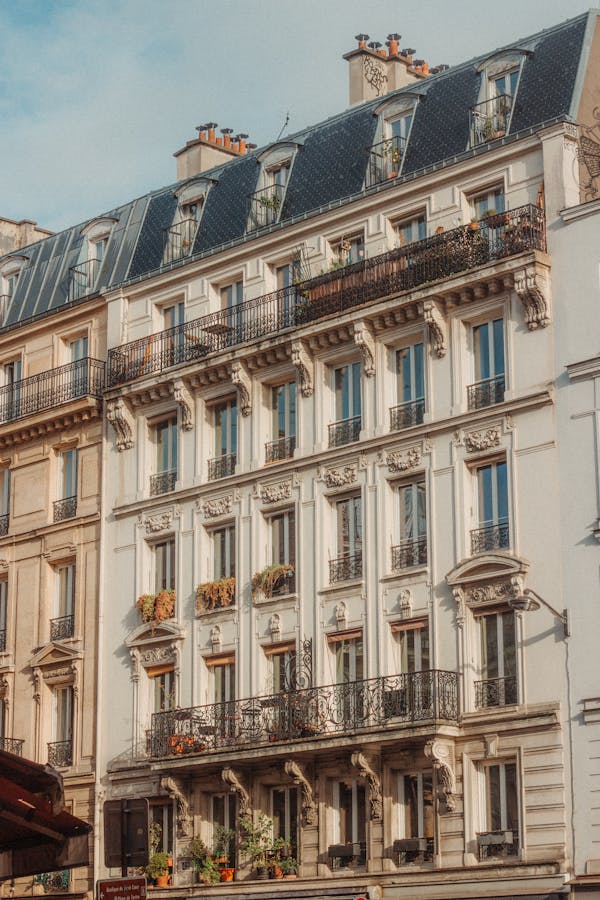Introduction
In the world of design, few styles have stood the test of time as gracefully as mid century glass. Characterized by clean lines, organic shapes, and an emphasis on functionality, this design movement has left an indelible mark on architecture, furniture, and art. One of the most captivating aspects of Mid-Century Modern design is its innovative use of materials, particularly glass. In this blog, we will explore the allure of Mid-Century glass, its impact on design, and its enduring relevance in contemporary aesthetics.
A Glimpse into Mid-Century Modern Design
The Mid-Century Modern era, spanning roughly from the 1940s to the 1960s, was a period of profound creativity and innovation. Designers of this era sought to bridge the gap between functionality and aesthetics, resulting in a style that is both visually pleasing and highly practical. Central to this design philosophy was the use of novel materials, and glass emerged as a favored medium for its unique properties.
The Versatility of Glass
Glass, with its transparency, reflectivity, and ability to manipulate light, became an ideal material for Mid-Century designers to experiment with. Whether used for large windows that brought the outdoors in, sleek tabletops, or intricate light fixtures, glass helped create an illusion of open space and blurred the boundaries between indoor and outdoor environments. This transparency also allowed the intrinsic beauty of other materials, such as wood and metal, to shine through, contributing to the balanced and harmonious aesthetics of Mid-Century design.
Iconic Mid-Century Glass Creations
Several iconic glass designs from the Mid-Century Modern era have left a lasting impact on design enthusiasts and collectors alike. The “Bubble Lamp” series by George Nelson is a perfect example of the innovative use of materials. These lamps, with their cocoon-like shades made from sprayed plastic coating over a steel frame, create a mesmerizing interplay of light and shadow. Similarly, the “Tulip Table” by Eero Saarinen features a sleek, marble-topped table with a gracefully curved glass base, exemplifying the fusion of minimalism and elegance that characterizes Mid-Century design.
Continued Influence on Contemporary Design
The allure of Mid-Century glass has not waned with time; rather, it continues to inspire contemporary designers and decorators. The clean lines and timeless appeal of Mid-Century glass pieces seamlessly integrate into modern interiors, adding a touch of retro sophistication while remaining relevant in the present. Many contemporary furniture and lighting designs pay homage to the Mid-Century aesthetic, often incorporating glass elements that evoke the same sense of openness and elegance.
In Conclusion
Mid-Century glass represents a pivotal aspect of the enduring appeal of Mid-Century Modern design. Its versatility, transparency, and ability to harness light made it a favorite among designers of that era, resulting in iconic creations that have left an indelible mark on the world of design. As contemporary aesthetics continue to draw inspiration from the past, Mid-Century glass remains a timeless reminder of the power of innovative materials in shaping the way we experience and interact with our living spaces.



